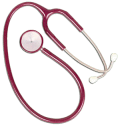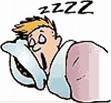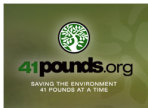No More Handheld Cell Phone Use in Cars - 7/1/08
/Now may be the time to buy stock in companies that sell hands-free cell phone devices as we are only 6 months away from the new law banning handheld cell phone use in cars in California. Approved by Arnold on September 15, 2006, the "California Wireless Telephone Automobile Safety Act of 2006" (Senate Bill 1613) makes it illegal to use handheld cell phones while driving beginning 7/1/08.
The law specifically disallows using handheld cell phones while driving. But of course you can still use the cell phone if the car is stationary. And the law does not prohibit, say, a passenger from using a handheld phone.
You MAY use a cell phone while driving in emergency situations, such as calls to police/911, health care provider, fire department or other emergency services.
You are allowed to use a cell phone while driving a car as long if you are using a hands-free listening and speaking system.
The legislators must have felt the problem with cell phones is holding the phone, not the distraction of talking on the phone. If this is the case, I'm wondering why they did not make the law more broad to include all types of activities in the car requiring the use of a hand...smoking, eating, drinking, reading, excessive iPod fiddling, nose picking, radio station switching, etc.
In any case, your first violation will cost you a fine of $20 plus penalties for a first offense and $50 plus penalties for subsequent offenses.
Another law (SB 33) that takes effect on 7/1/08 is that teens under age 18 cannot use ANY cell phones (handheld or hands-free) or any other "mobile service device" (e.g. PDAs, Blackberries, walkie talkies, etc.). Like the other law however, cell phones can be used for true emergencies while driving.
So consider yourself informed and start preparing now!









